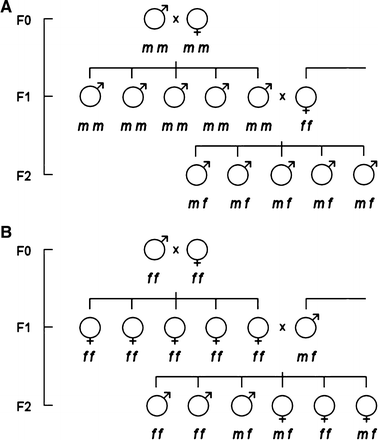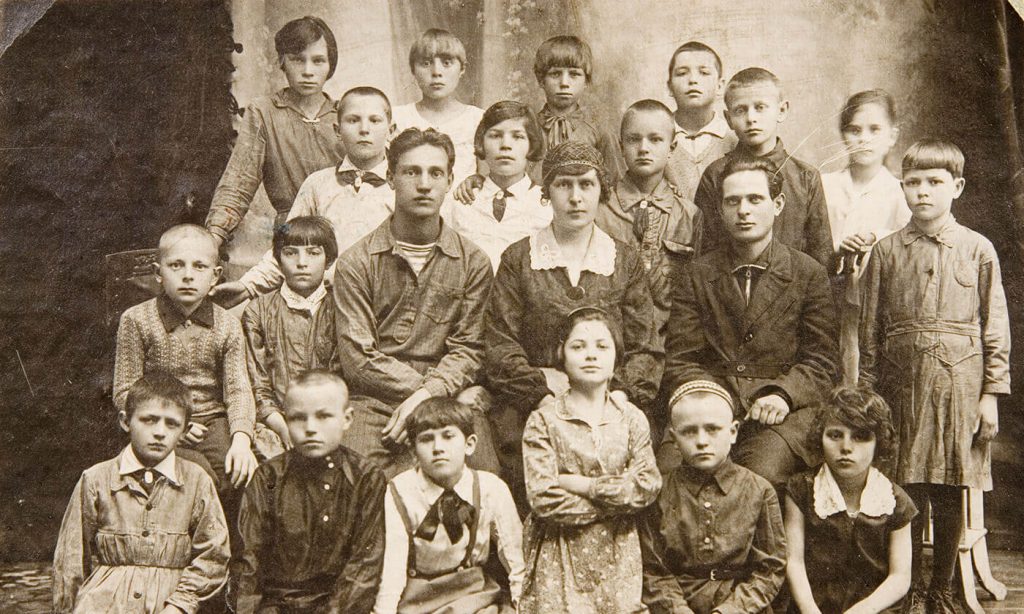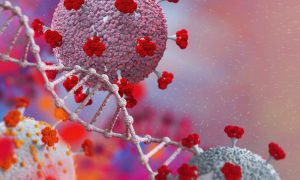Have you ever wondered why some families have more boys than girls or why more boys (or girls) are born in certain years? Recently we came across this study that reveals a genetic link between the sons-to-daughters ratio in a family and specific genes passed on by the father.
Is it a boy or a girl?
Here’s an age-old question that expectant parents ask or get asked. Most doctors will give you the standard answer: it’s a 50/50 chance. We all inherit an X chromosome from our mothers so the sex of a baby depends on the sex chromosome passed on by the father. If the father passes on a Y chromosome to the baby, the sex will be male (XY). If the father passes on another X chromosome, the sex of the baby will be female (XX).
In theory, 50% of sperm carry X chromosomes and the other half carries Y chromosomes, making the chances of having a son or daughter equally as likely. But we all know biology is not always perfect. If you look at the sex ratio (ratio of male to female births) during specific years or in different populations, you will find that it can sometimes be biased towards one gender or another. For instance, in the years following World War II, more boys were born than girls, suggesting that external factors can have an effect on the sex ratio.
Shifting the boy to girl ratio
Over the years researchers have shown associations between this bias in the sex ratio and certain external factors such as differences in lifestyles. However, the effects they were able to identify were not very large. This is why we find this study particularly interesting as it looks for a genetic explanation for the changes in the sex ratio observed throughout history.
The goal of this study was to test the hypothesis that other genetic factors can influence the number of sperm that carry X versus Y chromosomes, which would most certainly affect the birth ratio of boys to girls.
Researchers looked at the simplest scenario where the X to Y sperm ratio was affected by a single gene with two different versions (alleles) designated m and f. The hypothesis was that fathers who inherit gene m would be more likely to make more sperm with Y chromosomes, whereas fathers with gene f would be more likely to produce more sperm with X chromosomes.
As you can see in these hypothetical family trees, a father who has the m gene (producing more Y sperm) will have more sons. These sons will inherit gene m, which means they will also have more sons, and so on and so forth. On the flip side, if a dad has the f gene, they will have more daughters and pass on the f gene.

Following your dad’s genes
To prove their hypotheses, the researchers made use of genealogical data and looked at 927 family trees with data from over half a million people from North America and Europe dating back to the 1600s.
Their results supported their hypothesis that the likelihood of having a boy or a girl was indeed inherited through the father’s genes. The researchers discovered there was a link between men who had more brothers and the chance of having sons, and vice versa where if a man has more sisters they are more likely to have daughters. Interestingly, there was no link between the sex ratio and the genetics of the mother.
Explaining the trends
The researchers tested this theory even further using computer models to test observed trends. For example, when they artificially removed men from the family tree data before they had a chance to have children (mimicking wartime conditions) there was an increase in the number of boys born the next generation. This fits in with their model of gene m controlling the X/Y sperm ratio.

This observation even explains why you would see an increase in the number of boys born after times of war. The idea here is: the more sons a family has, the higher the chance of one (or more) returning from war. And when these men have children, they are more likely to have sons like their fathers before them. This would temporarily bias the sex ratio towards boys.
Are you a prospective parent curious about whether your baby will more likely be a girl or a boy? You may get a big clue by simply looking at your family tree.
References
Trends in Population Sex Ratios May be Explained by Changes in the Frequencies of Polymorphic Alleles of a Sex Ratio Gene
DNA Ancestry Project Features
Ancestry Test
Mitochondrial DNA sequencing
Y-DNA STR fragment analysis
Autosomal STR fragment analysis
Advanced ethnic origins report
Recent ancestry analysis
Ancient ancestry analysis
DNA Ancestry Projects
Relationship match
Relationship confirmation









